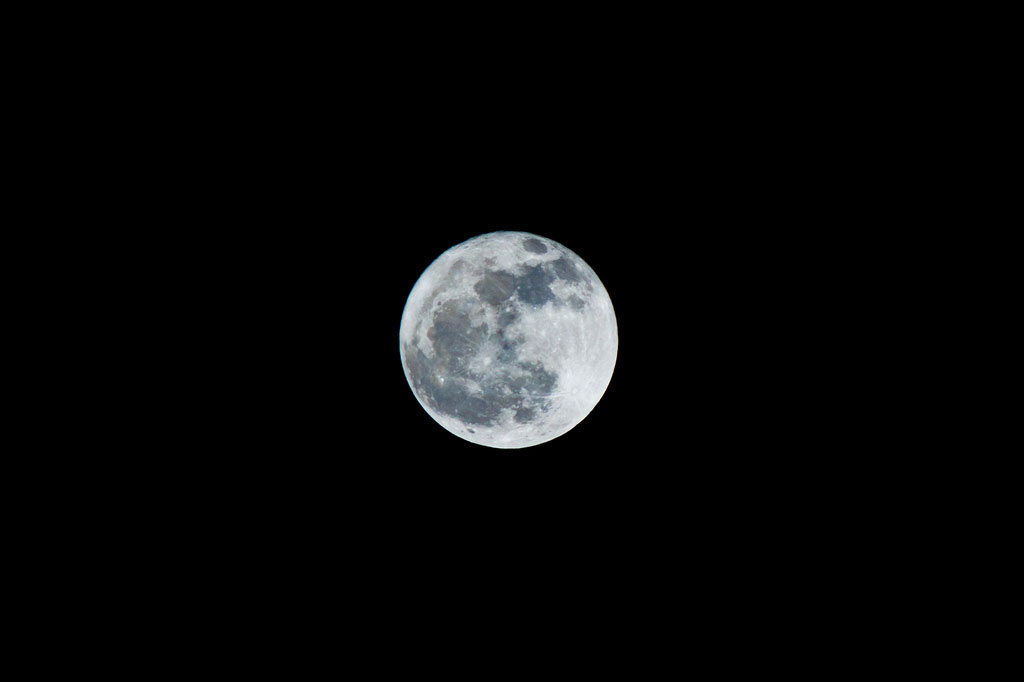TORONTO – If you stood outside gazing up at the moon last night, you may have noticed something: it didn’t look any different from any other full moon.

That’s because — scientifically — there was nothing particularly different about yesterday’s full moon, despite what some might have you believe.
According to modern folkore, a blue moon is the second full moon in a calendar month. The term was picked up after an article was published in Sky & Telescope magazine in 1946 where the term was used to refer to two full moons in a month.
However, yesterday was the only full moon in August. So why were people referring to it as a blue moon?
Each full moon of a month has a name, given by Aboriginal Peoples who used the moon to keep track of the seasons, such as the Wolf Moon of January, the Snow Moon of February, and so on. Farmers continued with this tradition, even adding their own names.
But what do you do if you have four full moons in a season?
Sky & Telescope found that blue moonwas first used in the Maine Farmers’ Almanac(not to be confused with the current Farmers’ Almanac) in the 1930s to account for that one extra moon of the season, which wouldn’t have been given a “formal” name.
- Boston Dynamics unveils ‘creepy’ new fully electric humanoid robot
- Enter at your own risk: New home security camera aims paintballs at intruders
- Ontario First Nation calls for chemical plant to be shut down amid ‘dangerously high’ benzene levels
- Nova Scotia scraps spring bear hunt idea, public ‘very divided’ on issue
This year, summer in the Northern Hemisphere started on June 21. We had a full moon on June 23, July 23, August 21, and we will have a fourth on September 19 (all times in UTC) — four full moons in one season. So the third moon — the August moon — is nameless, thus becoming a seasonal blue moon.
Of course, these “definitions” of a blue moon are all human-concocted. Astronomically speaking, the moon is still the same moon that was there last month, last year and even 100 years ago.
But these astronomical events hold a fascination for the public.
Can the moon ever actually turn blue? It’s happened.
In 1883, the Indonesian volcano Krakatoa exploded with the force of a 100-megaton nuclear bomb. People 600 km away heard the blast.
As the plumes of ash rose into the upper atmosphere, guess what? The moon appeared blue.
That’s because the particles in the ash were just the right size to scatter red light which allowed other colours to pass through. Sometimes the moon appeared blue, sometimes it appeared green.
Since then, other eruptions such as that of Mount St. Helens in 1980 and Mount Pinatubo in 1991 have resulted in blue moons being reported.


Comments